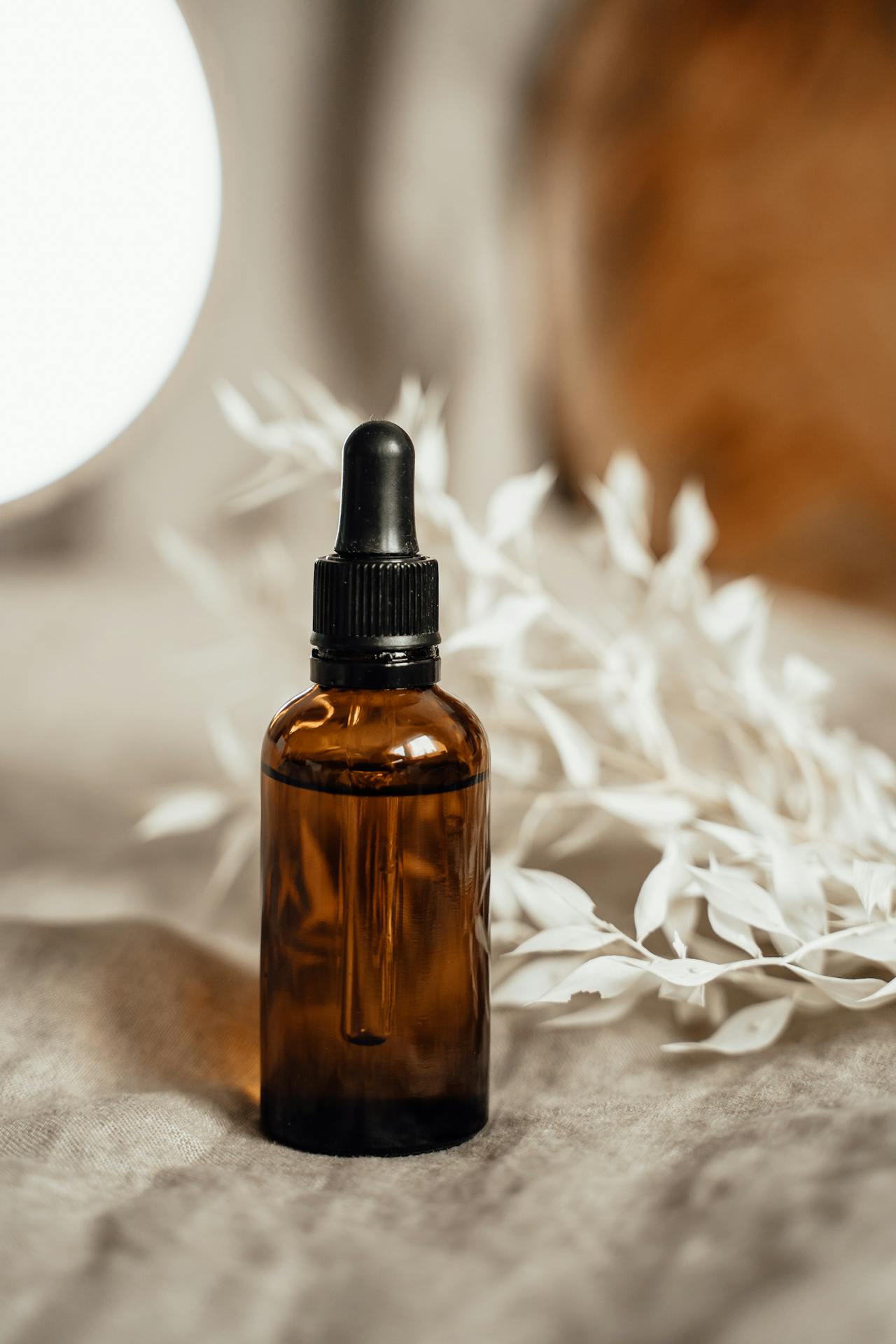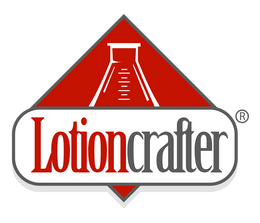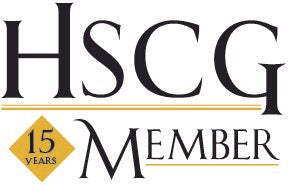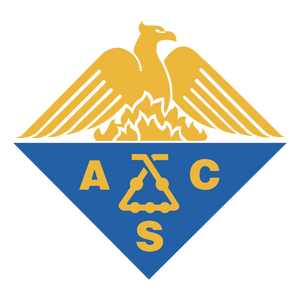
DIY C&E with Ferulic Acid
We’ve had so many requests for a DIY C&E with Ferulic serum that we set about to duplicate it for you. Like the original patented CE Ferulic by SkinCeuticals, this serum contains 15% L-Ascorbic Acid with 1% Tocopherol and Ferulic Acid to stabilize it. CE Ferulic is an antioxidant combination that protects against photoaging by neutralizing free radicals, helping to build collagen and providing antioxidant protection.
This is a patented product so you shouldn’t sell it, but for the DIY formulator making things for their own use, you’ll find this duplication quick, easy and inexpensive to make!
The video How to Make DIY C&E with Ferulic Acid
| DIY C&E with Ferulic Acid |
Formula
|
|
Percent |
Grams |
Ounces |
Ingredient |
|
Phase A |
46.05 |
92.1 |
3.249 |
Distilled Water |
|
|
0.35 |
0.7 |
0.025 |
Triethanolamine |
|
|
0.50 |
1.0 |
0.035 |
|
|
|
0.50 |
1.0 |
0.035 |
|
|
|
|
|
|
|
|
Phase B |
0.10 |
0.2 |
0.007 |
|
|
|
|
|
|
|
|
Phase C |
20.00 |
40.0 |
1.411 |
|
|
|
10.00 |
20.0 |
0.705 |
|
|
|
3.00 |
6.0 |
0.211 |
|
|
|
3.00 |
6.0 |
0.211 |
|
|
|
1.00 |
2.0 |
0.071 |
|
|
|
0.50 |
1.0 |
0.035 |
|
|
|
|
|
|
|
|
Phase D |
15.00 |
30.0 |
1.058 |
L-Ascorbic Acid Ultra Fine Powder |
|
|
|
|
|
|
|
Phase E |
Q.S. |
Q.S. |
Q.S. |
Triethanolamine or Citric Acid Solution 50% |
1. Combine Water and Triethanolamine in Phase A, add balance of Phase A ingredients and stir until mixture is clear. It will be slightly yellow due to the color of the Ferulic Acid.
2. Sprinkle Phase B ingredient on surface of Phase A and mix well. Let it sit for a minimum of 1 hour (up to 3 hours) to hydrate completely and then mix it until it is a uniform consistency. If you are using our Mini-Pro Mixer, the mixture may get frothy, but this will settle out. You can minimize this by popping the mixer on and off instead of mixing constantly.
3. Combine and heat Phase C ingredients to 60°C (140°F) and remove from heat. Gently stir to combine.
4. Add Phase C to Phase A/B with whisking until combined solution is clear. If using our Mini-Pro Mixer, pop it on and off to reduce frothing.
5. Add Phase D and mix until clear.
6. Test the pH. Adjust to final pH 3.0 - 3.5 with drops of Triethanolamine if the pH is too low, or Citric Acid Solution 50% (provided in kit) if the pH is too high. Makes approximately 200 grams or 6.66 ounces of serum. Ingredients can be cut in half to make only 100 grams or 3.33 ounces of serum at a time.
Notes:
Q.S. is an abbreviation for the Latin quantum sufficiat, quantum sufficit, or quantum satis, phrases which all mean "as much as suffices" or "quantity required."
Citric Acid Solution 50% is simply equal parts of citric acid and distilled water, by weight, and it is used to lower the pH of your formulation. Triethanolamine will raise the pH if it is too low.
Don’t try to substitute Mixed Tocopherols T50 (which contains 50% soybean oil) or Vitamin E Acetate for the d-Alpha Tocopherol in the formulation. The resulting mix will not be clear or fully solubilized. You can substitute Mixed Tocopherols 95% for the D-Alpha Tocopherol, as these are pure tocopherols without the soybean added to dilute them. d-Alpha Tocopherol can generally be found in capsule form in a health food store.
This formulation is meant to be made with regular Hyaluronic Acid, not Hyaluronic Acid SLMW as the SLMW does not thicken the solution at all. The slight serum-like consistency can only be achieved with a higher molecular weight Hyaluronic Acid.
We recommend this formulation be packaged in packaging that will reduce its exposure to light as we have found that clear glass or plastic packaging will promote faster oxidation (evident as the formulation turns from a light yellow to a deeper gold over time). If you must package in a clear container, keep it in a dark cupboard as much as possible. We prefer packaging in white airless containers to minimize exposure to oxygen, as well.
INCI: Water, Ethoxydiglycol, L-Ascorbic Acid, Propylene Glycol, Glycerin, Laureth-23, Tocopherol, Ferulic Acid, Panthenol, Sodium Hyaluronate, Triethanolamine, Phenoxyethanol .
Lotioncrafter 2014 All Rights Reserved
Ingredients in bold are carried by Lotioncrafter




